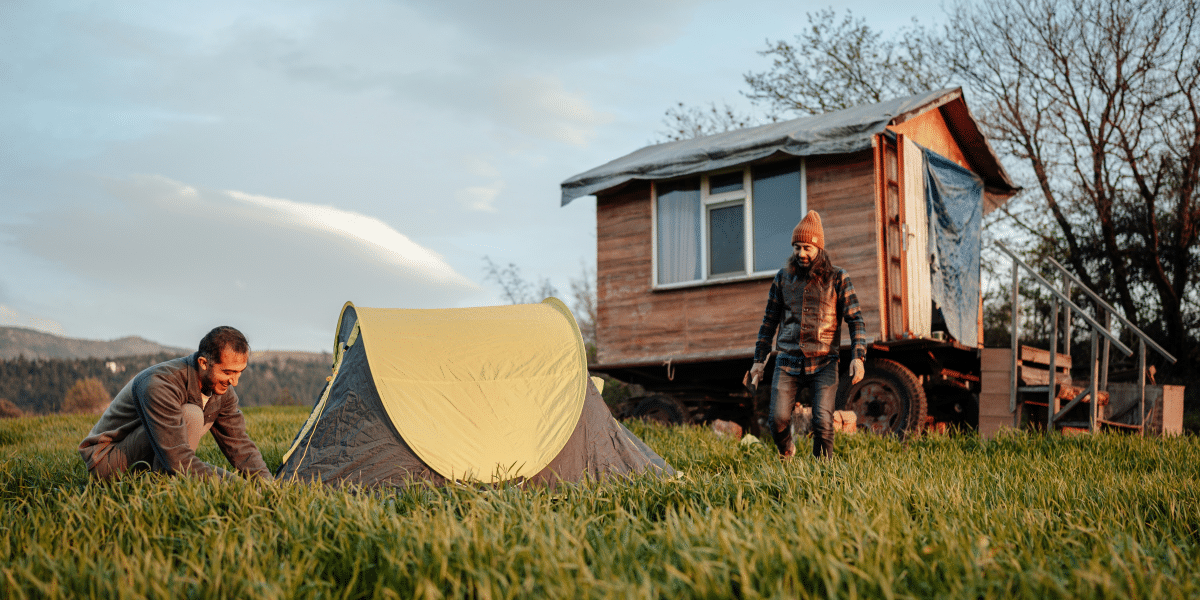Having a well-prepared survival kit can be the difference between life and death in an emergency situation. Whether you’re hiking, camping, or preparing for natural disasters, knowing what to include in your survival kit and how to use each item effectively is crucial. Here’s a detailed guide to help you assemble and use your survival kit efficiently.
What Are the Essential Items for a Survival Kit?
- Water and Water Purification
- Water Bottles or Bladders: Store at least one liter of water per person per day.
- Water Purification Tablets: Use these to treat water from natural sources, making it safe to drink.
- Portable Water Filter: Filters can remove bacteria and protozoa from water sources.
- Food Supplies
- Non-Perishable Foods: Include items like energy bars, canned goods, and dried fruits.
- Multivitamins: To ensure you get essential nutrients.
- Portable Stove and Fuel: Useful for cooking and boiling water.
- First Aid Kit
- Bandages and Gauze: For treating wounds.
- Antiseptics: To clean cuts and prevent infections.
- Pain Relievers: Such as ibuprofen or acetaminophen.
- Tweezers and Scissors: For removing splinters and cutting tape or cloth.
- Shelter and Warmth
- Emergency Blanket: Reflects body heat and can be used as a makeshift shelter.
- Tarp or Tent: Provides protection from the elements.
- Sleeping Bag: Choose one appropriate for the climate you’ll be in.
- Fire Starter: Includes waterproof matches, lighters, or fire steel.
- Navigation Tools
- Compass: Essential for finding your way if you get lost.
- Map: A detailed map of the area you’ll be in.
- GPS Device: Handy, but always have a backup like a map and compass.
- Tools and Gear
- Multi-tool or Knife: Versatile and can be used for cutting, building, and self-defense.
- Duct Tape: For quick repairs and makeshift solutions.
- Paracord: Useful for building shelters, traps, and carrying items.
- Flashlight and Extra Batteries: For visibility at night.
- Personal Items
- Identification: Carry a copy of your ID and any important documents.
- Cash: In small denominations, as ATMs might not work in emergencies.
- Personal Medications: At least a week’s supply of any necessary medications.
- Communication Devices
- Whistle: For signaling for help.
- Two-Way Radio: For communication if cell networks are down.
- Cell Phone with Charger: Preferably a solar charger.
How to Use These Items Effectively?
- Water Purification:
- Tablets: Drop a tablet into your water container and wait for the recommended time, usually 30 minutes.
- Portable Filter: Pump or suck water through the filter directly from the source.
- First Aid:
- Treating Wounds: Clean cuts with antiseptic, cover with gauze, and secure with bandages.
- Pain Relief: Use pain relievers for headaches, muscle pain, or minor injuries.
- Shelter and Warmth:
- Emergency Blanket: Wrap around your body to reflect heat back to you.
- Building a Shelter: Use the tarp or tent as a cover. Secure with paracord or natural materials.
- Starting a Fire: Use a fire starter to ignite dry tinder. Add small sticks and gradually larger wood to build a sustainable fire.
- Navigation:
- Using a Compass and Map: Learn basic orienteering skills. Align the map with the compass, identify landmarks, and plot your route.
- GPS Device: Always have a backup plan in case batteries die or the device malfunctions.
- Tools and Gear:
- Multi-tool: Utilize various functions like the knife, pliers, and screwdriver for different tasks.
- Duct Tape: Patch holes in gear, create splints, or secure broken items.
- Paracord: Construct a shelter frame, make traps, or use as a clothesline.
- Communication:
- Whistle: Blow three short blasts to signal for help.
- Two-Way Radio: Communicate with your group or emergency services. Ensure everyone knows the operating frequency.
- Cell Phone: Keep it charged and use it for navigation, communication, and accessing emergency information.
How to Keep Your Survival Kit Ready?
- Regularly Check Supplies: Ensure food and medications are within their expiration dates. Replace items as needed.
- Keep It Accessible: Store your survival kit in an easily reachable location.
- Practice Using Your Kit: Familiarize yourself with each item and its use. Practice building a fire, setting up a shelter, and navigating with a map and compass.
- Update Seasonally: Adjust the contents of your kit based on the season and the specific needs of your environment.
Being prepared with the right items and knowing how to use them can make a significant difference in an emergency. Your survival kit is your lifeline, so keep it well-stocked and ready to go at a moment’s notice.








